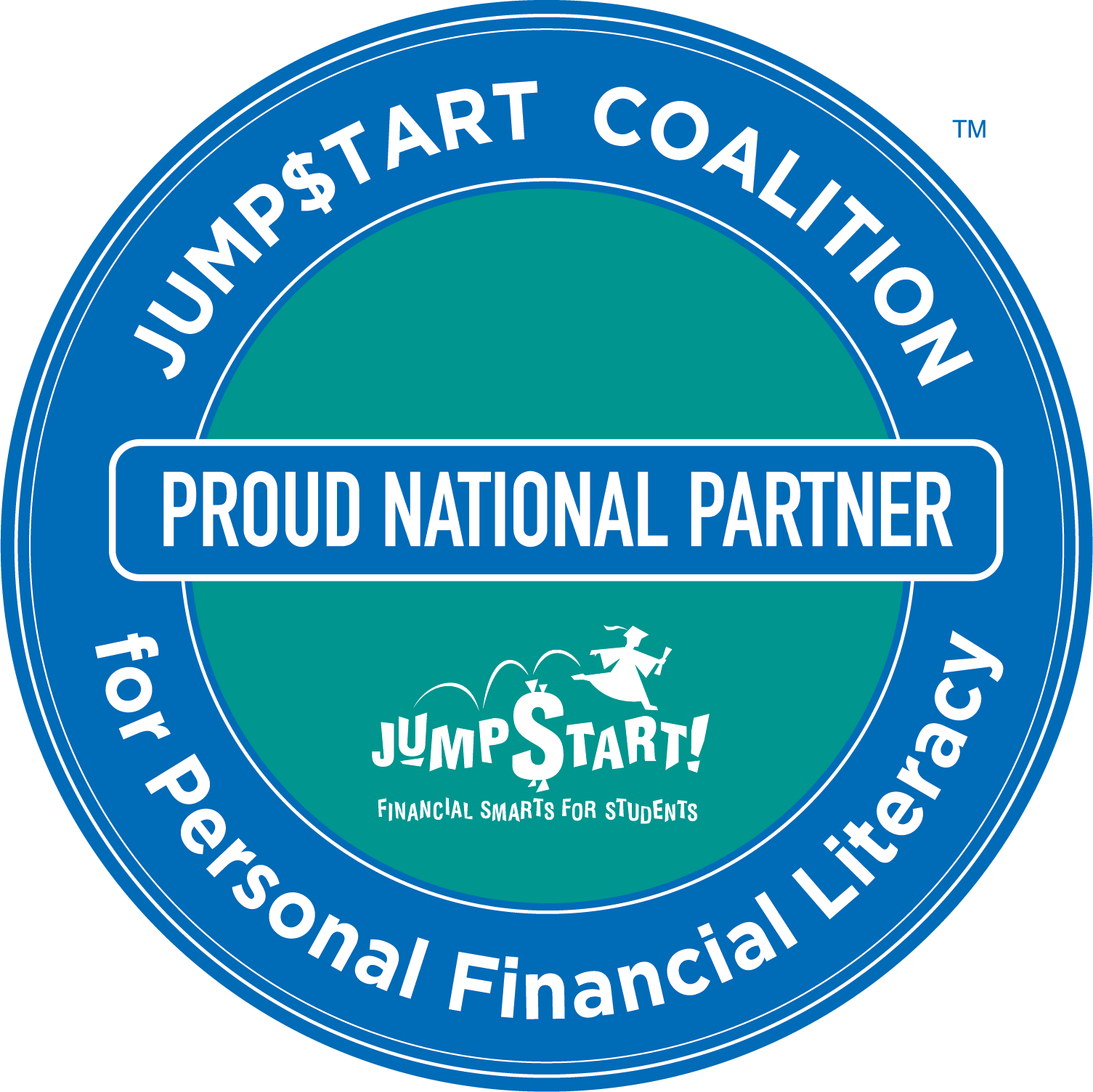Most people need to borrow some money at some point in their lives. Whether it’s to pay for school, consolidate debt, buy a house, or simply to help make ends meet for the month, loans are common — and comprise a giant industry all on their own.
But debt is a big problem in the U.S. (and most other places, too), as people can borrow money and get in over their heads. There are many reasons that we can fall into a debt trap, or take on a bad or unfavorable loan. You need to be careful, stick to your financial plan, and do your best to stay on top of your payments if you do borrow money — but that’s a topic for another day.
Generally speaking, it’s a good idea to know what types of loans are out there, what types of purchases you can borrow money to help cover, and more. Below, we’ll run through several types of loans to give you an idea.
But remember: With loans like mortgages or auto loans (see below), the two most important elements at play are usually down payments and effective interest rates. These can help determine how much you pay on a monthly basis for a home or a vehicle, and how much you ultimately end up paying in interest.
Of course, there are many other elements in the mix when it comes to loans, like your credit score (your financial reputation!) which will play a big role in determining what type of loan offers you can fetch. Or, if you can fetch any at all.
Again, here is a short rundown of seven common but important types of loans that you’re likely to either run into or need at some point in your life. This isn’t a deep dive into any of them, but is meant to serve as a brief overview of each type.
1. Mortgages
Mortgages are another name for home loans. You take out a mortgage when you want to buy a house, and there are several different types of mortgages that you may qualify for, or choose from. But the basics of a mortgage are that they generally involve a whole lot of money (houses are expensive) and that you pay them back over a long period of time, usually either 15 or 30 years.
2. Auto Loans
Auto loans are pretty self-explanatory: You take one out if you want to buy a car. Since cars tend to be pricey, most people need to borrow money to pay for one. There are different types of auto loans, as there are different types of mortgages. And interest rates on auto loans can vary wildly, so if you’re in the market for one, it’s a good idea to shop around to see where you can get the best interest rate.
3. Personal Loans
Personal loans can be loans to pay for just about anything. You might, for example, take out a personal loan at your bank to pay for a vacation. Or a wedding. Or to pay back another debt — it’s pretty wide open. They may not require any collateral, either. Like other types of loans, there can be varying types, interest rates, and repayment terms as well.
4. Student Loans
Student loans are another type of loan with a designated purpose (like mortgages or auto loans). They’re designed to pay for tuition or educational expenses. There are private student loans and federal student loans, and again, there can be varying interest rates and repayment terms, too.
5. HELOCs
Home equity lines of credit, or “HELOCs,” are a bit of a wild card on this list, but it’s a term you might start encountering — so why not define it? HELOCs allow homeowners to use their home equity — or, how much of their home they’ve paid off as a percentage of their mortgage — as a line of credit. Essentially, HELOCs let you borrow against the value of your home. People often use them for home renovations and other related projects.
6. Credit Cards
While more of an “instrument,” credit cards do represent, in a way, a type of loan. Every time you swipe, you’re borrowing money, after all! As you likely know, too, there is a multitude of credit cards out there, with all sorts of terms, interest rates, perks, and more.
7. Payday Loans
Payday loans are usually short-term loans that tend to be expensive to the borrower. That is, they often have high fees and high-interest rates associated with them. That’s because they’re designed to help borrowers cover their expenses until their next payday — when they could, presumably, pay the loan back in full. Payday loans can be dangerous, and most financial experts warn against using them. But they can be useful for some people in some circumstances, as long as you’re careful!
Check out the Money Vehicle textbook — you can find it here on Amazon. And if you like what you see, you can get more content sent directly to your inbox! Sign up for the Money Vehicle Movement Newsletter!
And check out our white paper: “Strategies for Increasing Financial Literacy Rates Among High School and College Students”
More from Money Vehicle:









